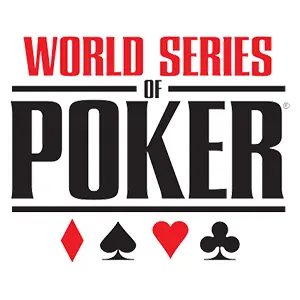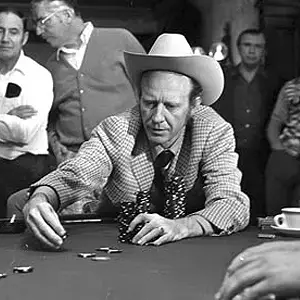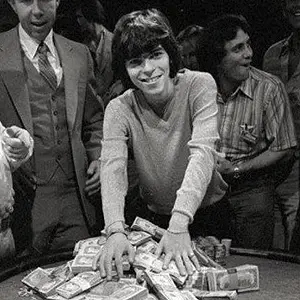Things Start Taking Off
When the WSOP really started to take off

In 1972, the third year of the World Series of Poker’s existence, the number of entries doubled from six to twelve. Amarillo Slim won the event. Using his showman skills, he conducted a publicity tour. The WSOP was virtually unknown at the time, but Slim wanted everyone to know about it. Over the next several years, he made appearances on the Tonight Show, wrote a book, and appeared in several movies.
Slim’s efforts were exactly what the WSOP needed. He was willing to put his face out there and promote the championship. At the time, being a poker player was often seen as a stigma. Poker players were viewed as criminals by many people.
The impact of Amarillo Slim

Amarillo Slim was proud of his championship and career. Unlike others of his time, he wasn’t afraid to speak out. This led to the main event being televised for the first time in 1973. Viewers got a glimpse of high-stakes poker. This was also the first year the main event entry fee was set at $10,000, where it still stands today.
It wasn’t until the mid-70s that Doyle Brunson’s family accepted his profession. This acceptance inspired him to win back-to-back WSOP main events in 1976 and 1977. At that time, players were not idolized as they are today. Promoting the series was challenging. Thanks to Amarillo Slim’s efforts, the WSOP started to gain recognition.
Growth and changes in the WSOP
In 1978, the format changed from winner-take-all to a multi-player payout structure. The number of entrants grew to 42, with the top five being paid. Benny Binion envisioned the WSOP growing to 100 players someday, a prediction met with skepticism. The $10,000 buy-in was significant, and satellites were not yet available.
Bobby Baldwin won the championship in 1978. Participants included actor Gabe Kaplan, who became a skilled poker player, and Barbara Freer, the first woman to play in the WSOP. A separate women’s division was introduced a year later.
The emergence of amateurs and legends
In 1979, Hal Fowler became the first amateur to win the main event, marking the biggest upset in WSOP history. Fowler, considered a bad amateur by seasoned players, had luck on his side. He won against Bobby Hoff’s pocket aces with an inside straight draw. Fowler didn’t even have the $10K entry fee and borrowed it from Benny Binion. He walked away with $270,000 and the world champion title.
The rise of Stu Ungar

In 1980, a brash kid from New York named Stu Ungar won the WSOP. Ungar, a professional gin rummy player, turned to no-limit Hold’em and won the world championship on his first try. The next year, he successfully defended his title. Ungar’s talents were so extreme that he once bet $100,000 he could count down a six-deck shoe of cards and determine the last card. He won the bet. Many consider him the best poker player of all time, though his life was marred by a serious drug addiction and gambling issues.
Innovations and satellites
As the 80s progressed, Jack Binion began to take over the family business and the WSOP. Under his direction, satellite tournaments were introduced. These allowed players to win a seat at the main event by investing a fraction of the entry fee. Ten-seat satellites were set up with players putting up $1000 each. The winner received a seat at the big tournament, forever changing the landscape of the WSOP.
World Series of Poker history
- The Beginnings
- Things Start Taking Off
- The Roaring Eighties
- The Early Nineties
- Silver Bars To The Comeback Kid
- Jack Binion Gets Forced Out
- The New Millenium
- The WSOP Gets Its World Rocked
- Harrah’s Takes Over
- The WSOP Moves To The Rio
- The WSOP Grows One More Time
- The Empire Strikes Back
- The November Nine Begins
- Once In A Blue Moon
- The 2010 Championship
- The 2011 WSOP Final Table Preview
- The 2011 WSOP Championship
- The 2012 World Series Of Poker
- The 2012 WSOP October Nine